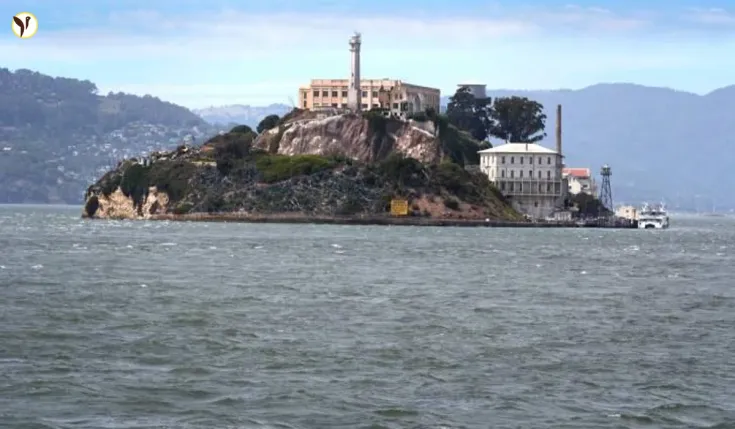Alcatraz: Trump's Controversial Plan to Reopen "The Rock"
Former US President Donald Trump's recent announcement to reopen and expand the infamous Alcatraz prison has sent shockwaves through the nation. His proposal, shared on his Truth Social platform, ignited a firestorm of debate, raising questions about practicality, cost, and the very nature of American justice. This article delves into the details of Trump's plan, the history of Alcatraz, and the strong reactions it has provoked.
Trump's Alcatraz Proposal: A Symbol of Law and Order?
Trump's declaration was clear: Alcatraz, the notorious island prison in San Francisco Bay, should be rebuilt and expanded to house "America's most ruthless and violent offenders." He framed the decision as a necessary step to restore safety and order, arguing that past generations took a tougher stance on crime. He directed the Bureau of Prisons, Department of Justice, FBI, and Homeland Security to oversee the project, though the FBI's role in incarceration remains unclear.
- The Justification: Trump cites a need to combat violent crime and what he perceives as lenient judicial systems.
- The Agencies Involved: The Bureau of Prisons, Department of Justice, FBI, and Homeland Security were all tasked with evaluating and potentially executing the plan.
- The Uncertainty: While Trump initially presented the plan as a firm directive, later statements suggested it was an "idea" born from frustration with immigration policies.
However, the proposal was immediately met with skepticism from various quarters. Legal experts questioned the practicality given the current prison population and the immense cost of renovating and expanding a facility notorious for its high operational expenses even during its operational years.
Alcatraz: A History of Infamy and Tourism
Alcatraz, nicknamed "The Rock," served as a maximum-security federal prison from 1934 to 1963. Its isolated location and formidable security measures earned it a reputation as an inescapable prison, though several daring escape attempts, most famously in 1962, challenged that perception. The prison housed some of the most notorious criminals in American history, including Al Capone and George "Machine Gun" Kelly.
- The Cost Factor: High maintenance costs, exacerbated by its remote location, led to Alcatraz's closure in 1963. The expense of running the facility was three times higher than other federal prisons, a factor that continues to cast doubt on the feasibility of reopening it.
- Escape Attempts: Despite its reputation for security, multiple escape attempts, including the infamous 1962 incident, continue to fascinate and fuel popular culture.
- From Prison to Tourist Attraction: Since 1973, Alcatraz has been a popular tourist attraction managed by the National Park Service, drawing over a million visitors annually.
Political Fallout and Public Opinion
The proposal has sparked a fierce political debate. Politicians like Nancy Pelosi, whose district includes Alcatraz, dismissed the idea as unrealistic and politically motivated. Other critics labeled the plan as "deeply unhinged" and an attack on the rule of law. Conversely, some supporters praised the plan as a strong stance against violent crime. The controversy highlights the deep divisions surrounding criminal justice reform in the United States.
Conclusion: A Symbol, But Likely Not Reality
Donald Trump's proposal to reopen Alcatraz is undeniably a headline-grabbing move. Whether this is a serious policy proposal or a symbolic gesture aimed at rallying his base is a matter of ongoing debate. The significant financial and logistical hurdles, coupled with the strong opposition, make the actual implementation of this plan highly unlikely. Regardless of its viability, the discussion surrounding Alcatraz serves as a powerful reminder of the complexities and controversies surrounding American criminal justice.






